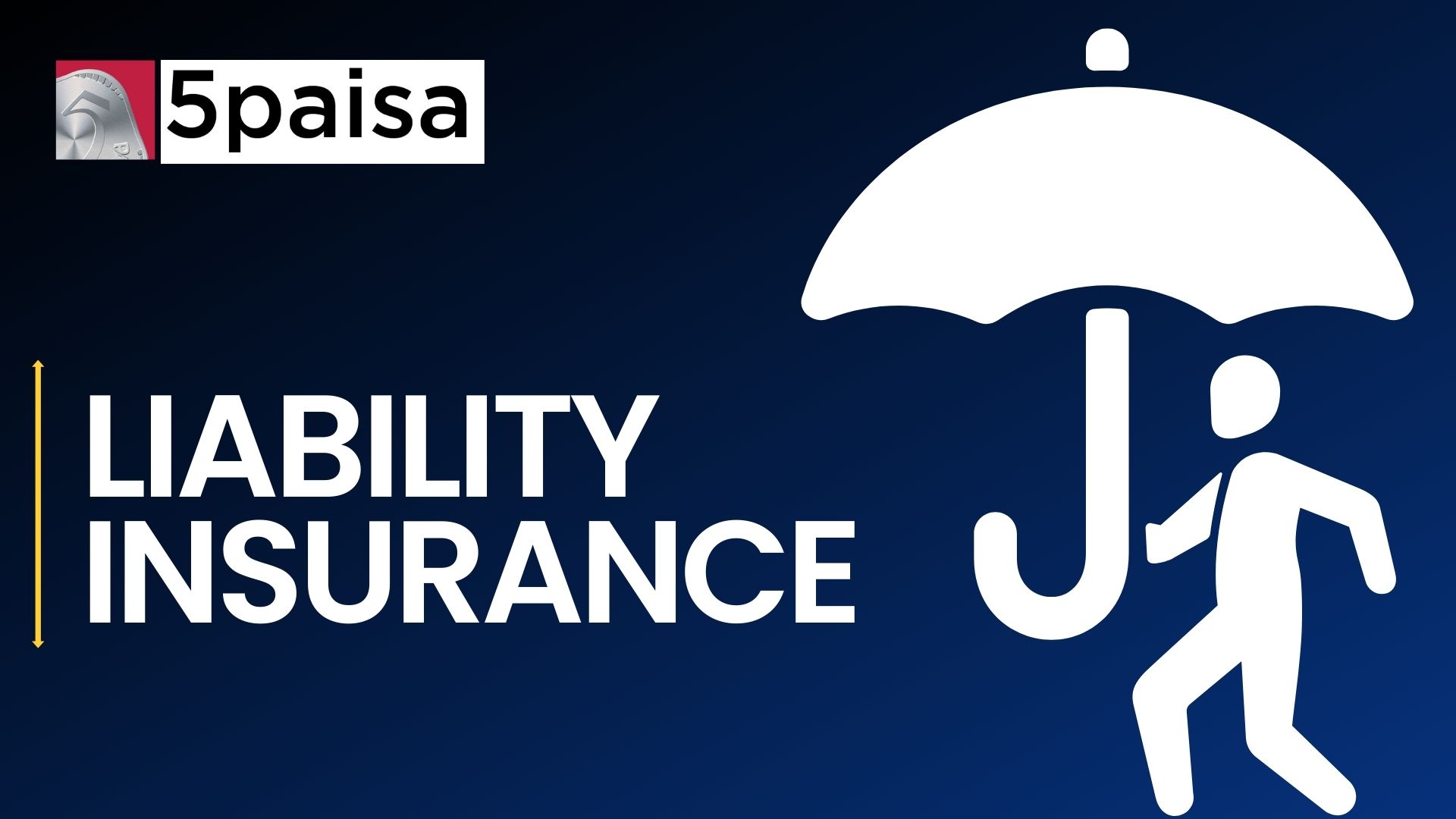
Disability Insurance
Disability Insurance
Disability insurance is a type of insurance coverage that provides financial protection to individuals who become unable to work due to a disability or illness. It helps replace a portion of lost income, ensuring that policyholders can continue to meet their financial obligations and maintain their standard of living if they are unable to work and earn an income.
Here are key components and concepts related to disability insurance:
Visit for more photos 👉👉 Sara Ali Khan
Visit for more photos 👉👉 Top 10 Highest-Paid Bollywood Actresses 2024
Visit for more photos 👉👉 Sonam Kapoor
- Coverage Types:
- Short-Term DisabilityInsurance: This type of disability insurance provides coverage for a limited period, typically ranging from a few weeks to several months, following a disability. Short-term disability insurance policies usually have a waiting period (elimination period) of one to two weeks before benefits are paid, and benefits may be paid as a percentage of the insured person’s pre-disability income.
- Long-Term DisabilityInsurance: Long-term disability insurance provides coverage for an extended period, often until retirement age, if the insured person becomes permanently disabled and unable to work. Long-term disability insurance policies typically have a longer waiting period (elimination period) before benefits are paid, ranging from 60 to 180 days or more. Benefits are usually paid as a percentage of the insured person’s pre-disability income, with coverage levels ranging from 50% to 70% of income.

Visit for more photos 👉👉 Aishwarya Lekshmi
Visit for more photos 👉👉 Priya Prakash Varrier
Visit for more photos 👉👉 Madonna Sebastian
- Benefit Amount and Duration: Disability insurance policies specify the amount and duration of benefits payable to the insured person in the event of disability. Benefit amounts are typically based on a percentage of the insured person’s pre-disability income, subject to policy limits. The duration of benefits may be limited to a specific period (e.g., two years, five years) or continue until the insured person reaches retirement age, depending on the terms of the policy.
- Definition of Disability: Disability insurance policies define disability in different ways, depending on whether they cover own-occupation disability, any-occupation disability, or a combination of both.
- Own-Occupation Disability: Provides benefits if the insured person becomes unable to perform the duties of their own occupation or specialty, even if they can work in a different occupation.
- Any-Occupation Disability: Provides benefits if the insured person becomes unable to perform the duties of any occupation for which they are reasonably suited based on education, training, or experience.

Visit for more photos 👉👉 Samantha HD Stock Photos
Visit for more photos 👉👉 Anarkali HD Stock Photos
- Elimination Period: The elimination period, also known as the waiting period, is the period of time that must elapse after the onset of disability before benefits become payable under the policy. Short-term disability insurance policies typically have shorter elimination periods (e.g., one to two weeks), while long-term disability insurance policies have longer elimination periods (e.g., 60 to 180 days or more).
- Premiums: Disability insurance premiums are based on factors such as the insured person’s age, health status, occupation, income level, coverage amount, and the waiting period chosen. Premiums can be paid on a monthly or annual basis, and policyholders may have the option to purchase additional riders or benefits for enhanced coverage.
- Underwriting: Disability insurance companies evaluate the risk associated with insuring an individual by assessing factors such as the individual’s age, health history, occupation, income level, and lifestyle habits. The underwriting process helps determine the premium rates, coverage terms, and eligibility for disability insurance coverage.
Disability insurance plays a crucial role in providing financial security and peace of mind to individuals by replacing lost income in the event of disability or illness that prevents them from working. It helps ensure that policyholders can meet their financial obligations, maintain their standard of living, and focus on recovery without worrying about the financial impact of disability. It’s essential for individuals to assess their disability insurance needs, understand policy terms and coverage options, and work with experienced insurance professionals to select the appropriate disability insurance policy for their circumstances.








